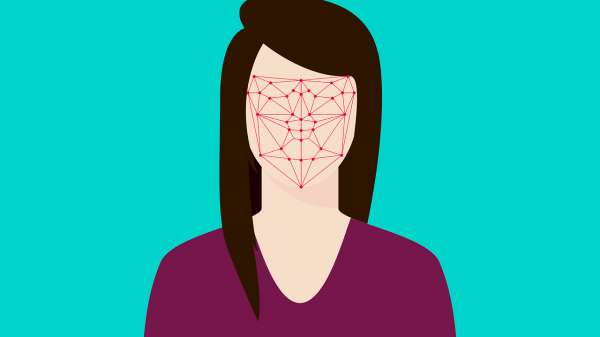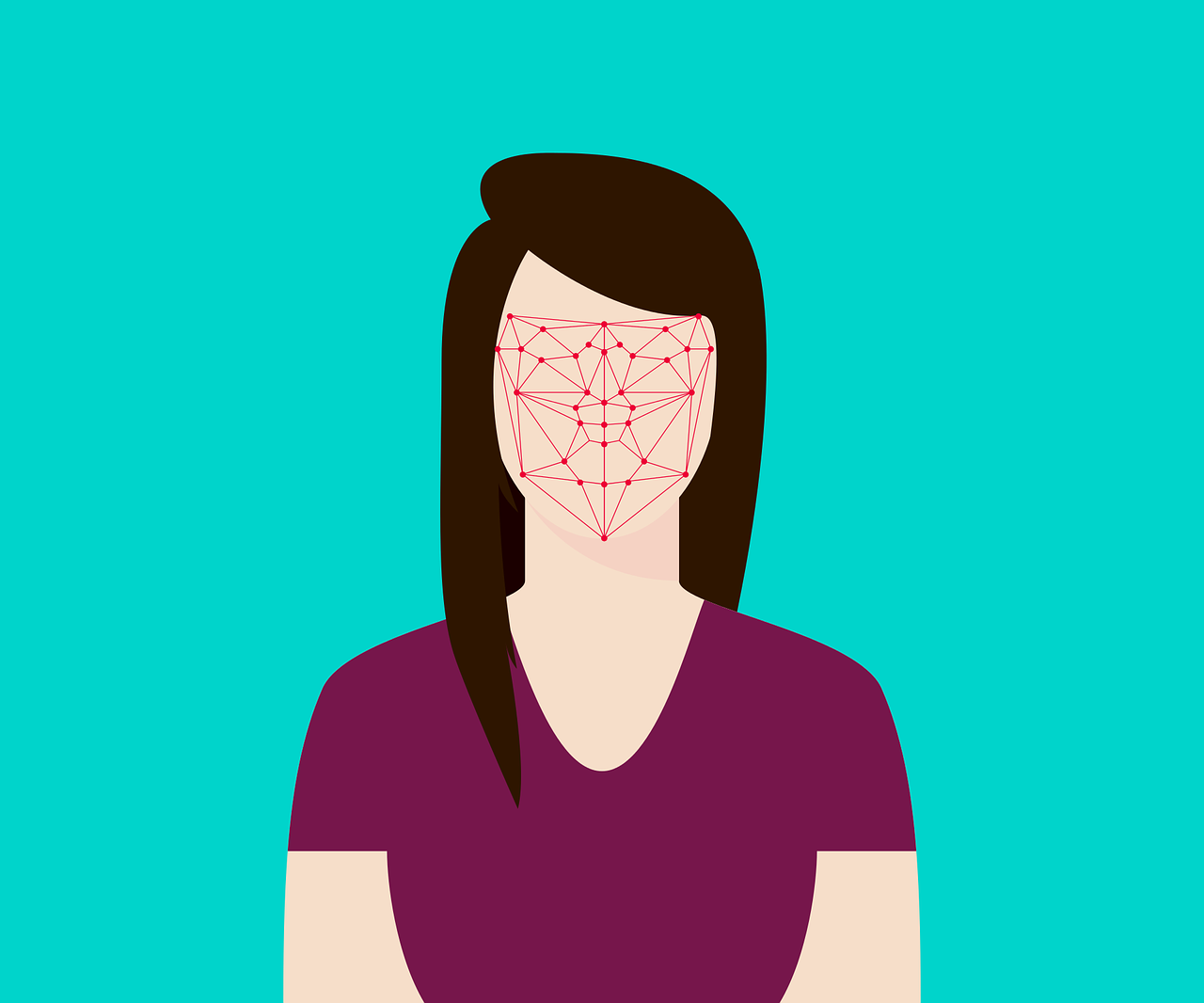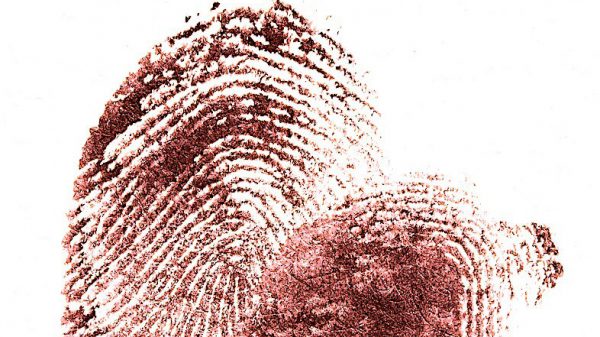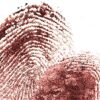Privacy campaigners have raised concerns about the accuracy of facial recognition technology even as the government pushes for an Aadhaar-linked vaccine registration process.
In response to an RTI, the Ministry of Health and Family Welfare (MoHFW) last week confirmed its use of facial recognition technology (FRT) to facilitate “touchless” vaccination registration as part of a pilot project. However, the reply, filed in response to an RTI by digital rights advocacy group Internet Freedom Foundation (IFF), does not provide a response when asked about the legal or legislative basis for the mechanism. Instead, it states that “facial recognition authentication is used as one of the methods for Aadhaar-authentication for online verification of beneficiary prior to Covid-19 vaccination”.
Details revealed by the RTI
In April, RS Sharma, CEO of the National Health Authority, had mentioned in an interview with The Print that the government plans on introducing facial recognition-based Aadhaar authentication to make the vaccination process touchless. He further added that a pilot carrying out over 1,000 authentications daily was already underway in Jharkhand.
Here are the details sought by IFF’s RTI, and the Ministry’s response if any-
- Details of the database(s) in which images are stored for the purpose of facial recognition including:
- Where are these images sourced from
- Where is this database located
- Which persons and/or organisations have access to this database
Reply: The ministry routes data through the UIDAI for verification against the facial data of a beneficiary but does not store it.
- Whether there are any guidelines, policies, rules, or standard operating procedures governing the use of facial recognition technology by the MoHFW.
Reply: The guidelines and SOP used for it are included in the ‘Verifier & Vaccinator Module User Manual’ hosted on the Co-WIN portal. (However, this has not been made public.)
- Whether any legal opinion was sought by the MoHFW prior to procurement of facial recognition technology.
Reply: No procurement took place prior to the implementation of the new authentication mechanism.
- An exhaustive list of persons and/or organisations authorised to operate and use facial recognition technology.
Reply: It needs only two people to operate – the verifier and the vaccinator at the respective vaccination centres in the states and districts.
- The specific purposes for which facial recognition technology is being used by the MoHFW.
Reply: The specific purpose of FRT use by the MoHFW is as “one of the methods for Aadhaar Authentication for online verification of beneficiary prior to Covid-19 vaccination wherein a facial template is captured and sent to UIDAI for verification of the image of beneficiary”.
In addition to these responses, the ministry replied that it did not issue any tenders for procurement of facial recognition technology and that there was no expenditure incurred on procurement and maintenance of the FRT authentication mechanism.
The ministry also said that no information was available in response to IFF’s request for
- A copy of the accuracy reports of such facial recognition technology which is being used or is proposed to be used
- If any third-party assessments have been made of the facial recognition technology being used.
- Information with regard to the accuracy rate of the facial recognition technology being used.
Privacy concerns among experts
The government’s plans to implement Facial Recognition Technology-based authentication raised concerns among experts, some of whom co-signed a joint letter sent to RS Sharma and the NHA raising concerns about the accuracy of FRT and violations of the fundamental right to privacy.
In a blog post, the IFF wrote, “The COVID-19 vaccines are essential, life-saving commodities in the current pandemic and ensuring equitable & indiscriminate access to the vaccines for all is of paramount importance. However, deploying Aadhaar-based FRT for the verification process, deprives the citizens who do not possess or have not linked their Aadhaar cards to the COWIN portal or the on-site register, of the vital vaccines.”
The letter further said that FRTs are prone to huge error margins and added that, in the past, there have been numerous incidents wherein FRTs deployed for a specific reason have been utilised for purposes beyond their original mandate. The letter particularly flagged-
- The 2018 incident where the Delhi Police were reportedly using its facial recognition software to identify anti-CAA protestors as opposed to its original purpose of reuniting missing children with their families.
- The National Crime Records Bureau’s 2020 Request for Proposals for the procurement of the National Automated Facial Recognition System, which did not specify the purpose of procuring the system.
Government’s push to link vaccination registrations with Aadhaar
At present, according to an SOP issued by the MoHFW, seven prescribed Photo IDs – Aadhaar, PAN card, Drivers License, Passport, Voter-ID, NPR Smart Card, and Pension Document with photograph are required to authenticate the eligibility and identity of the beneficiary. However, linking vaccination certificates and records to a Unique Health ID which is generated through beneficiary authentication through Aadhaar has led the government to encourage the use of Aadhaar for vaccination. In some cases, it has led to people being misled into believing that Aadhaar-based authentication was mandatory to get vaccinated.
Also read























